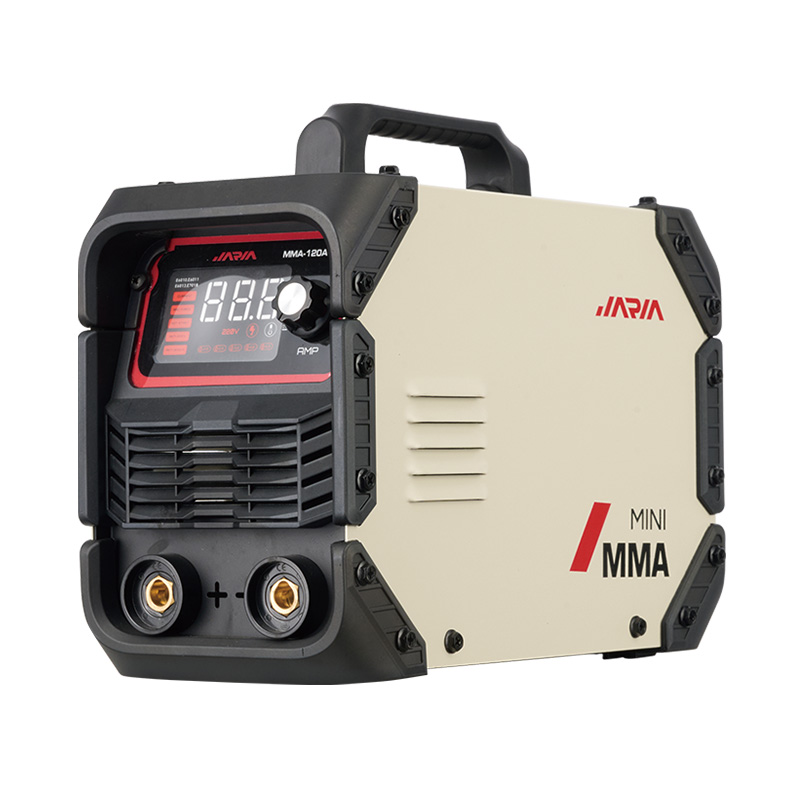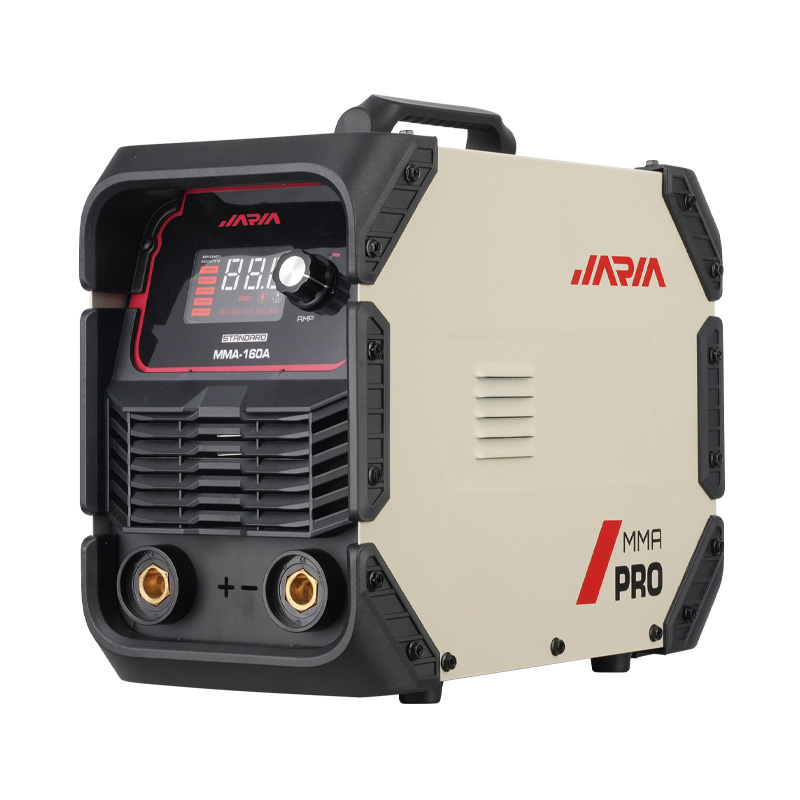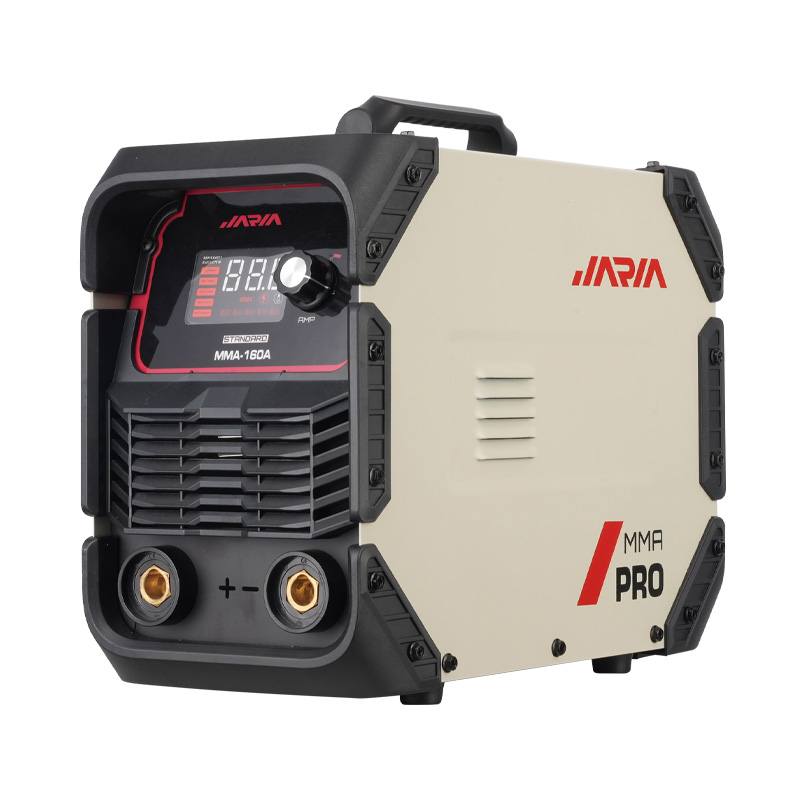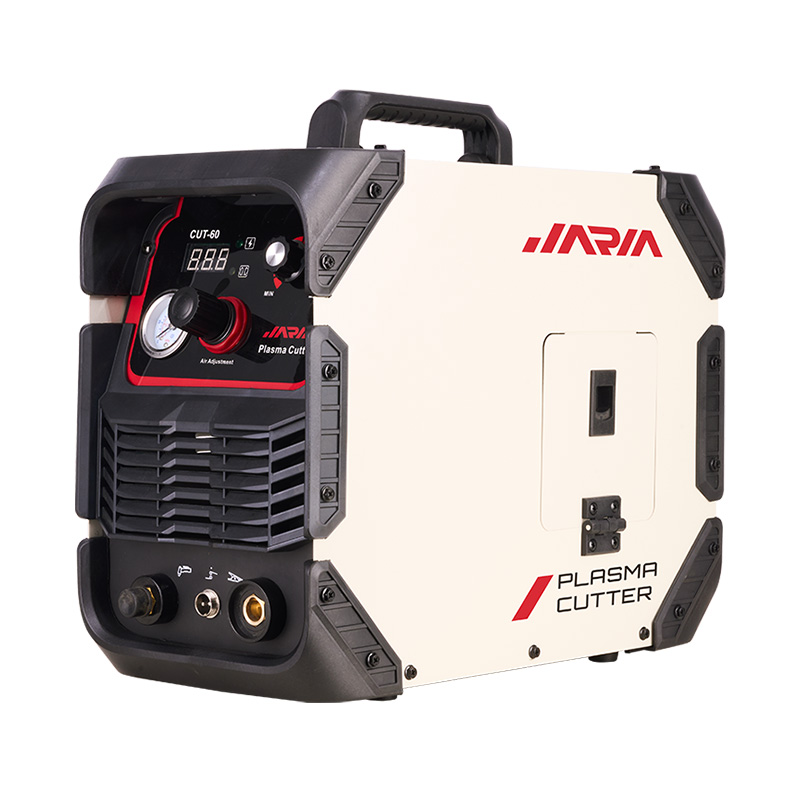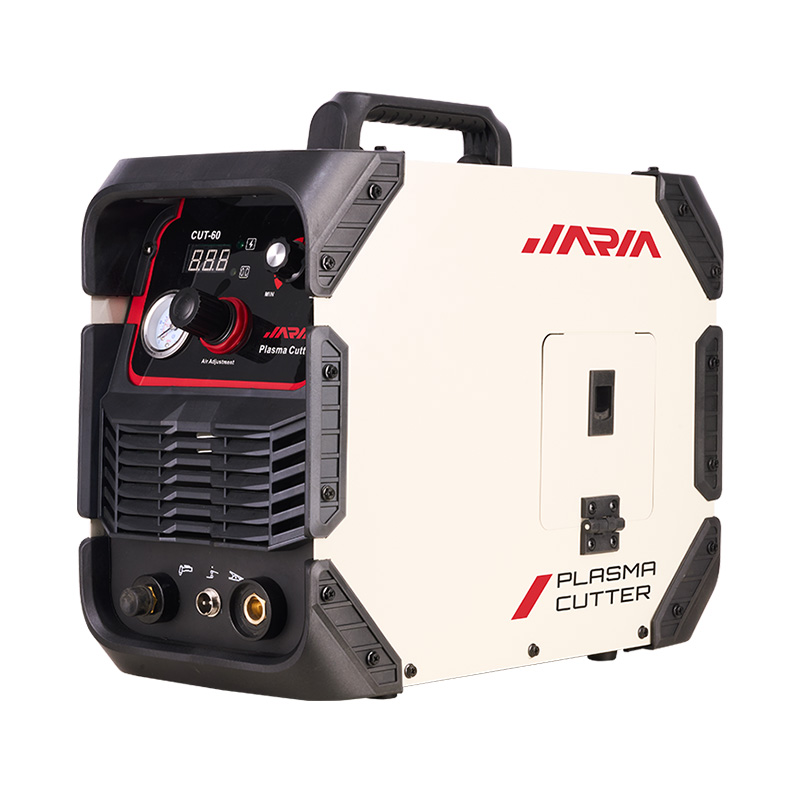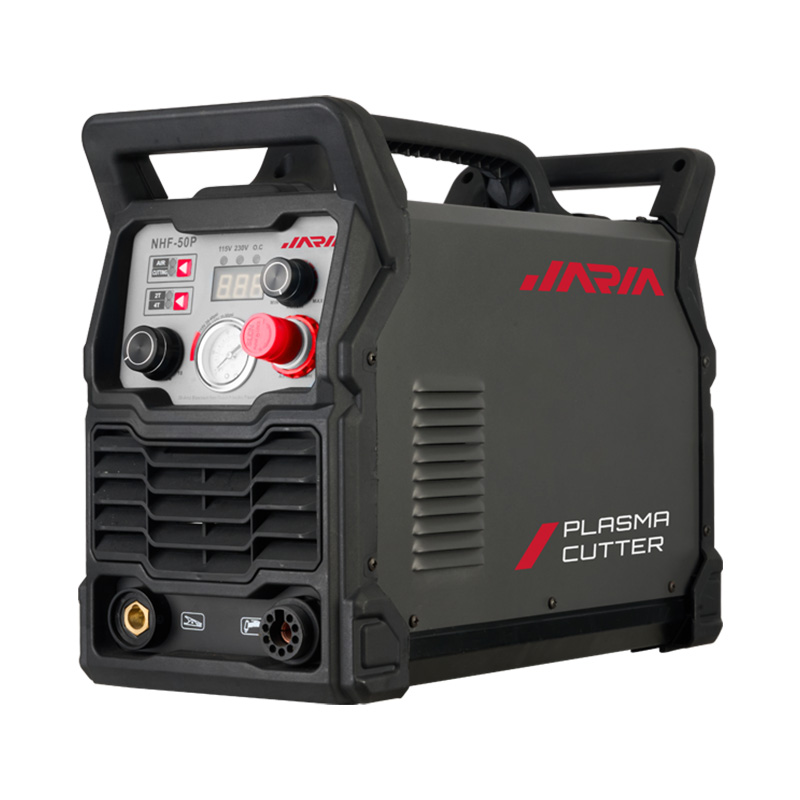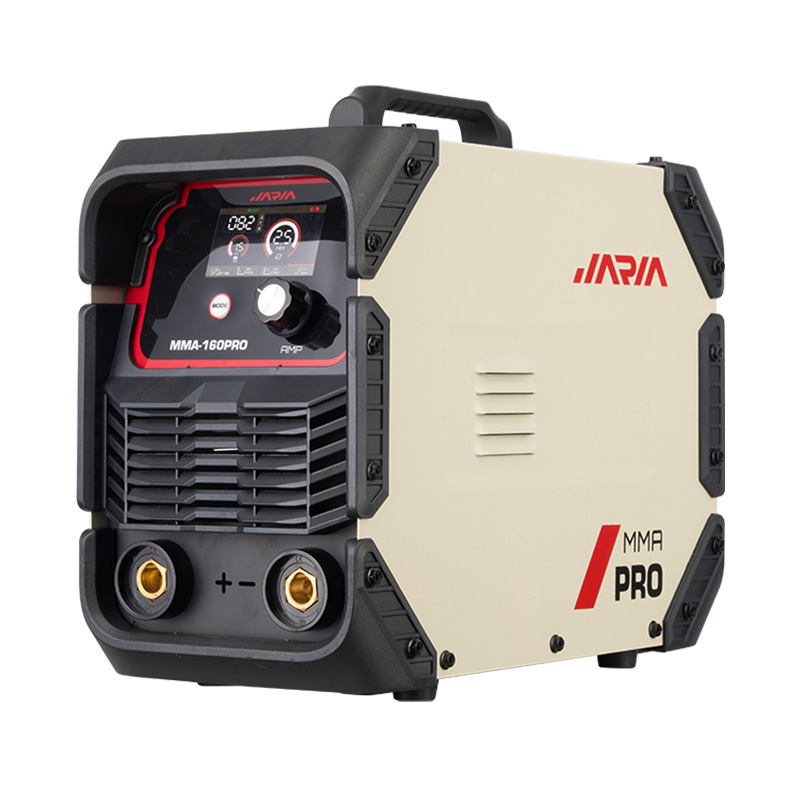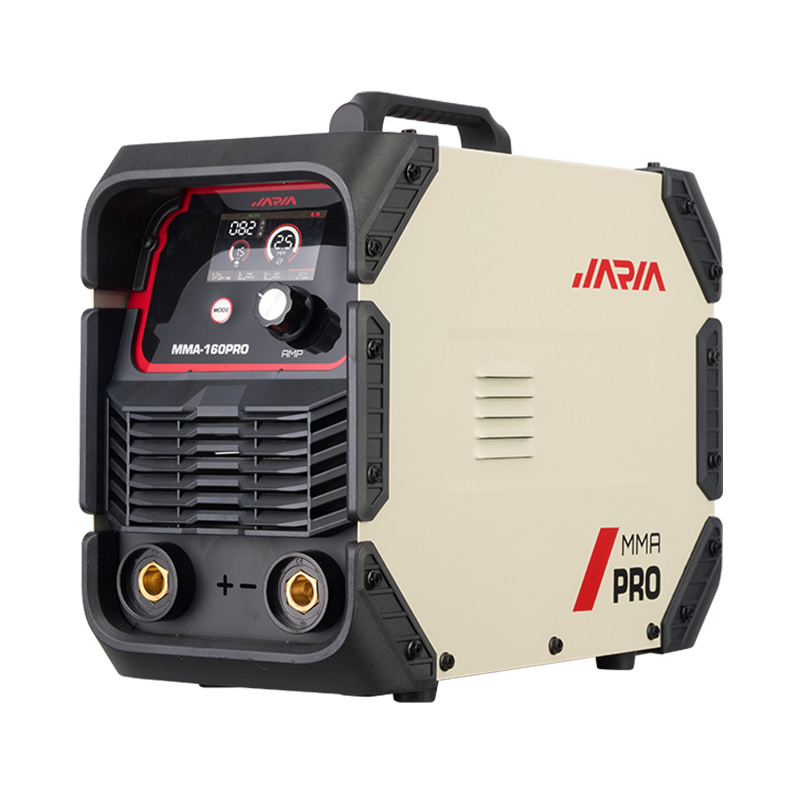Custom all in one plasma cutter welder Factory
In the realm of modern metal fabrication, plasma cutter welders have emerged as invaluable tools, offering precision and efficiency in cutting and welding metal. However, the powerful technology behind these machines also demands a stringent approach to safety to prevent accidents and ensure better performance. This article delves into the safety guidelines and better practices associated with plasma cutter welders, emphasizing the importance of adhering to these standards to minimize risks and enhance operational safety.
Plasma cutter welders utilize a high-temperature plasma arc to cut through electrically conductive materials. The process involves ionizing a gas, such as air or nitrogen, to create a plasma stream that melts the metal. While this method is highly effective for precise and clean cuts, it also involves handling high temperatures and electrical currents, which can pose significant hazards if not managed properly.
One of the foundational steps in ensuring safety with plasma cutter welders is proper training. Operators must undergo comprehensive training to understand the machine’s operation, safety protocols, and emergency procedures. Certification programs provided by manufacturers or industry associations offer structured education on safe practices, equipment handling, and troubleshooting techniques. Ensuring that all operators are trained and certified not only enhances safety but also contributes to more efficient and effective use of the equipment.
Using the appropriate personal protective equipment (PPE) is critical in safeguarding operators from potential hazards associated with plasma cutting. Essential PPE includes:
Protective Helmets: A welding helmet with a suitable lens shade protects the eyes and face from intense light and UV radiation emitted by the plasma arc.
Flame-Resistant Clothing: Wear flame-resistant jackets, gloves, and pants to protect against sparks and molten metal.
Safety Boots: Steel-toed boots protect the feet from heavy objects and accidental drops.
Ear Protection: Earplugs or earmuffs help protect against the high noise levels generated by plasma cutting.
Regularly inspecting and maintaining PPE ensures that it remains in good condition and provides adequate protection.
Creating a safe work environment is crucial for preventing accidents. Key considerations include:
Ventilation: Adequate ventilation is essential to disperse hazardous fumes and gases produced during plasma cutting. Ensure that the workspace is well-ventilated, and consider using fume extraction systems to capture and filter harmful emissions.
Clear Work Area: Keep the work area free of clutter and flammable materials. Ensure that there is enough space for safe operation and movement around the plasma cutter welder.
Emergency Preparedness: Install fire extinguishers and aid kits in accessible locations. Operators should be familiar with the location of these resources and trained in their use. Additionally, having an emergency response plan in place helps address any incidents quickly and effectively.
Equipment Maintenance and Inspection
Regular maintenance and inspection of plasma cutter welders are essential for safe operation. Key maintenance practices include:
Routine Checks: Perform routine checks on the plasma cutter welder to ensure all components are functioning correctly. Inspect cables, hoses, and connections for signs of wear or damage.
Cleaning: Keep the equipment clean and free of debris to prevent overheating and maintain better performance. Follow the manufacturer's guidelines for cleaning procedures.
Replacement of Parts: Replace worn or damaged parts promptly to avoid malfunctions. Using genuine replacement parts ensures compatibility and safety.
Adhering to safe operation practices can significantly reduce the risk of accidents. These practices include:
Proper Setup: Ensure that the plasma cutter welder is set up correctly according to the manufacturer’s instructions. This includes proper grounding and securing of the workpiece.
Avoiding Overreach: Do not overreach or position yourself in a way that could compromise stability or control during cutting.
Monitoring: Continuously monitor the cutting process and maintain a clear line of sight. Avoid distractions and ensure that you are focused on the task at hand.
Power Management: Turn off the plasma cutter welder and disconnect it from the power source when not in use or when performing maintenance.
Handling Materials Safely
Proper handling of materials is vital for safety during plasma cutting. Key considerations include:
Secure Workpieces: Ensure that workpieces are securely clamped or supported to prevent movement during cutting. Unstable materials can cause accidents or result in uneven cuts.
Cooling: Allow hot materials to cool down before handling them. Use appropriate tools for moving or repositioning hot metal pieces.
Being aware of the surroundings and potential hazards is essential for maintaining safety. This includes:
Monitoring Others: Ensure that other personnel in the vicinity are aware of the plasma-cutting activities and are wearing appropriate PPE.
Electrical Hazards: Be mindful of electrical hazards and ensure that electrical connections and power sources are properly insulated and protected.
Ensuring safety in plasma cutting welding is a multifaceted endeavor that requires careful attention to training, equipment, environment, and operational practices. By adhering to established safety guidelines and better practices, operators can significantly reduce the risk of accidents and ensure a safe working environment. As plasma cutting technology continues to evolve, staying informed about the latest safety recommendations and industry standards will help maintain high safety standards and promote effective use of this powerful tool.

 英语
英语 西班牙语
西班牙语 阿拉伯语
阿拉伯语